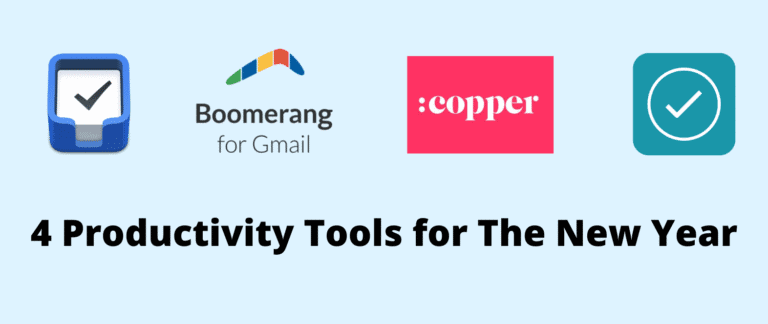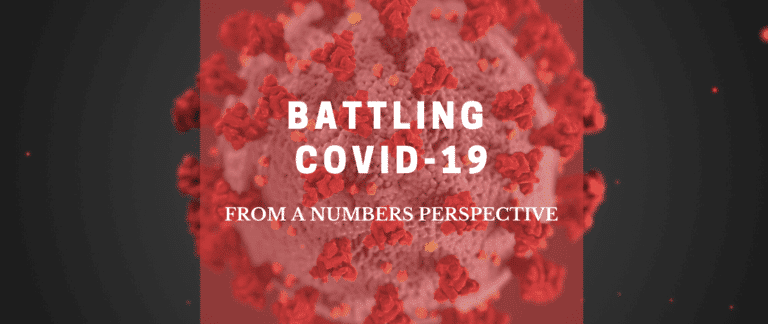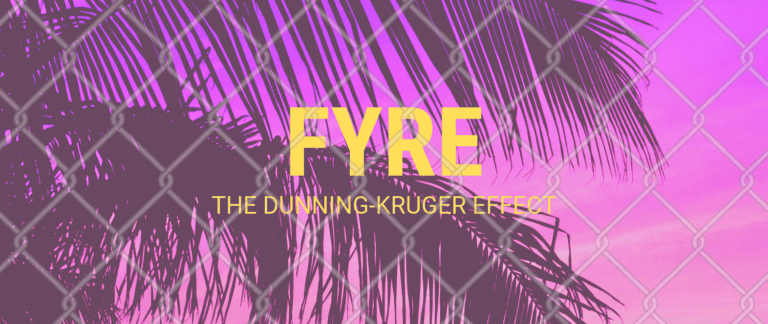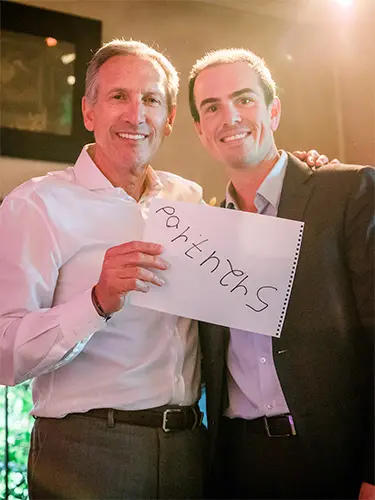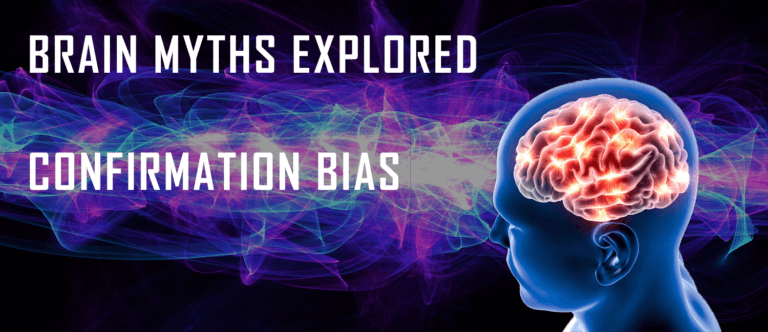4 Tools to Increase Your Productivity in 2021
“It’s another tequila sunrise . . .” or at least another year. And even though 2021 feels a bit different after everything we’ve been through, some things never change. We all have New Years’ resolutions, and one that pops up each year for me is increasing my efficiency. To that end, let’s ring in the…
